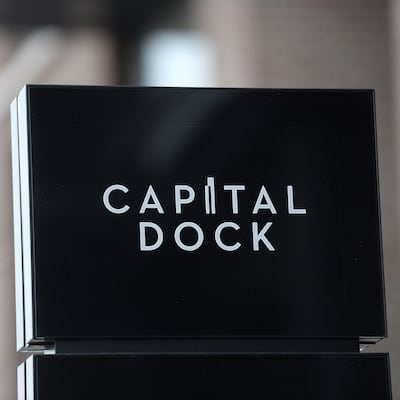Last week daft.ie published its quarterly rental report. It proclaimed that, with just 820 homes to rent in Dublin on November 1st, stock in the capital is down 51 per cent on the same date in 2020 – an all-time low since the data was first collected, back in 2006.
It’s a somewhat surprising figure, given the experiences of the past 18 months or so. Yes, an increasing number of individual investors are looking to sell up and get out of the rental market, but many other trends are also evident.
These include the temporary collapse in the Airbnb short-term lettings market, the continued growth in the build-to-rent market, where entire apartment blocks are made available for the rental market, and the shift to working from home, which led many city-based workers to move back to their family homes, either in Ireland or abroad.
So what’s going on?
The latest figures certainly indicate a sharp drop in supply, but it's questionable whether the data gives a comprehensive insight, as Daft compiles its information based only on adverts on its website
The latest figures certainly indicate a sharp drop in supply – and, as they are prepared on a like-for-like basis with this time last year, they show just how deep the cut in rental units has been over the past year.
It’s questionable, however, whether the data gives a comprehensive insight into supply in the institutional investment market. This is because Daft compiles its information based on adverts on its website – which doesn’t capture all of the stock available across the market.
Typically, larger build-to-rent developments advertise only a “type” of available apartment, as opposed to the actual number of vacant units, which can give rise to a potential undercounting.
So far this year, for example, there have been a number of significant launches, including Greystar’s Griffith Wood, a development of 342 apartments in Drumcondra, Dublin 9, and Rostrevor, another build-to-rent launch of apartments in Rathgar, Dublin 6, brought to the letting market on October 12th.
And it seems that many of these new units are being excluded from the stock count.
Take the example of Rostrevor. On daft.ie, three apartment types are available to let: a one-, a two- and a three-bed. According to Daft, these three units are what would be captured by its report when it calculates a total supply figure for Dublin – but given that the development has 107 units, and it launched only last month, the number of available units must be considerably higher.

And what about Capital Dock, in Dublin's docklands? Owner Kennedy Wilson told the market earlier this month that the luxury development has a vacancy rate of 34 per cent. This means a potential 65 empty apartments at the development of 190 or so units.
The Daft report, however, would have included only four units, as these are what are advertised on its website. Again, then, a substantial undercounting. With housing so politicised, the need for accurate information has perhaps never been greater. Time for a change, perhaps.
And this is what Daft hopes to achieve in its next report. Author Ronan Lyons says they have been working over the year on capturing these multiunit rentals more accurately, and expects to issue a new form of stock/flow analysis that reflects, as best as is possible, the various scale of these developments.
So don’t be surprised if if February’s report notes increased supply.
The problem, of course, is that even if supply increases, it may have only a limited effect on housing problems. At Capital Dock, for example, rents start at a staggering €3,300 a month, while at the recently launched Rostrevor, two-beds start at €2,000 a month.
Supply is one thing; affordable supply is quite another.















